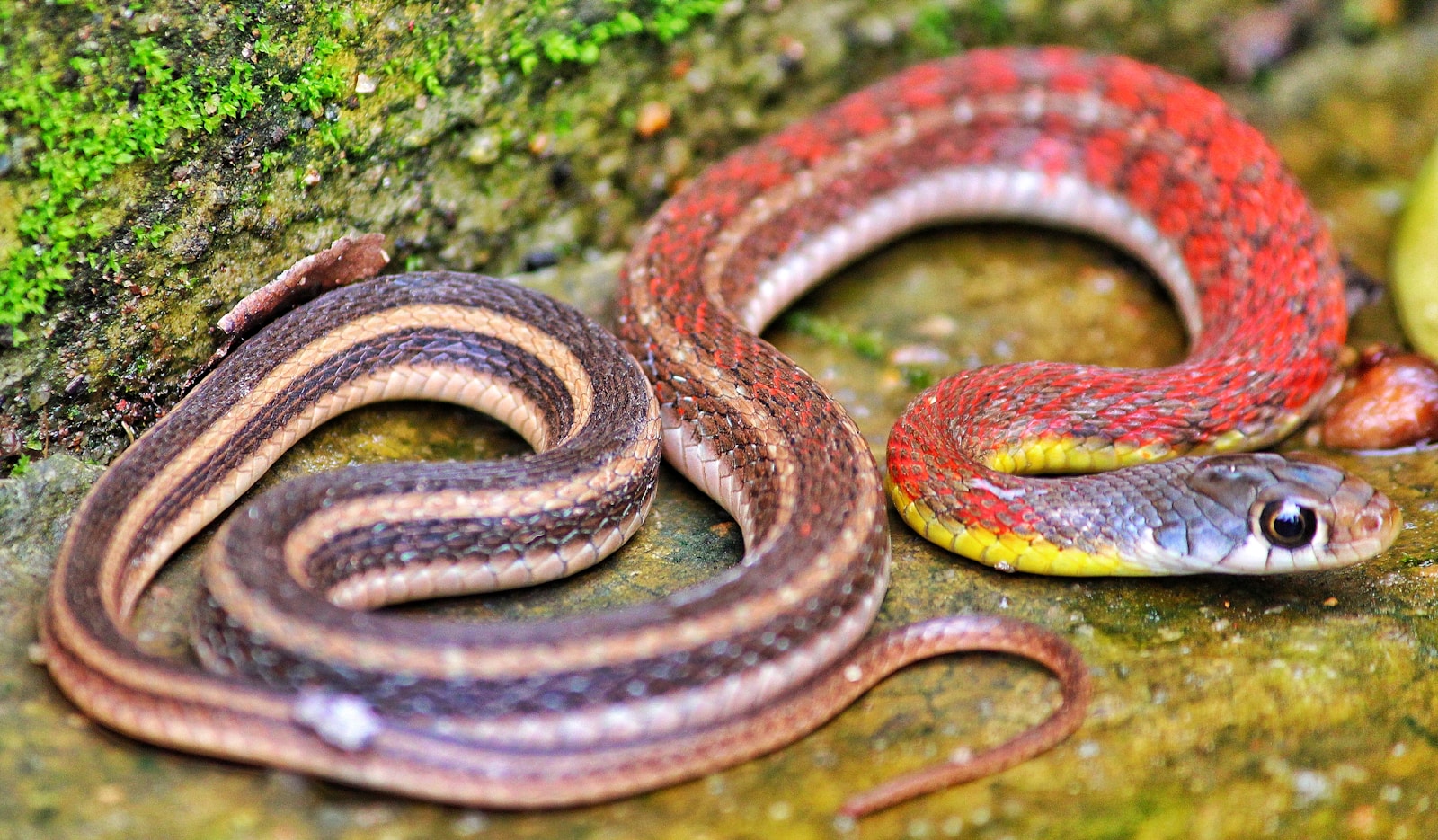As the sun begins to set and rain clouds gather on the horizon, most creatures retreat to shelter. However, for one specialized reptile, this transition signals the perfect hunting opportunity. The dusk rainfall foraging snake represents a fascinating example of evolutionary adaptation, having developed specialized behaviors that allow it to thrive in conditions many other predators avoid. This remarkable serpent has fine-tuned its hunting strategy to capitalize on the specific ecological changes that occur when rainfall coincides with twilight hours, creating a unique temporal niche that reduces competition and increases hunting success. Join us as we explore the extraordinary world of this crepuscular rain hunter and discover how it has mastered the art of hunting in the transitional moments between day and night.
The Evolutionary Advantage of Dusk Rainfall Hunting
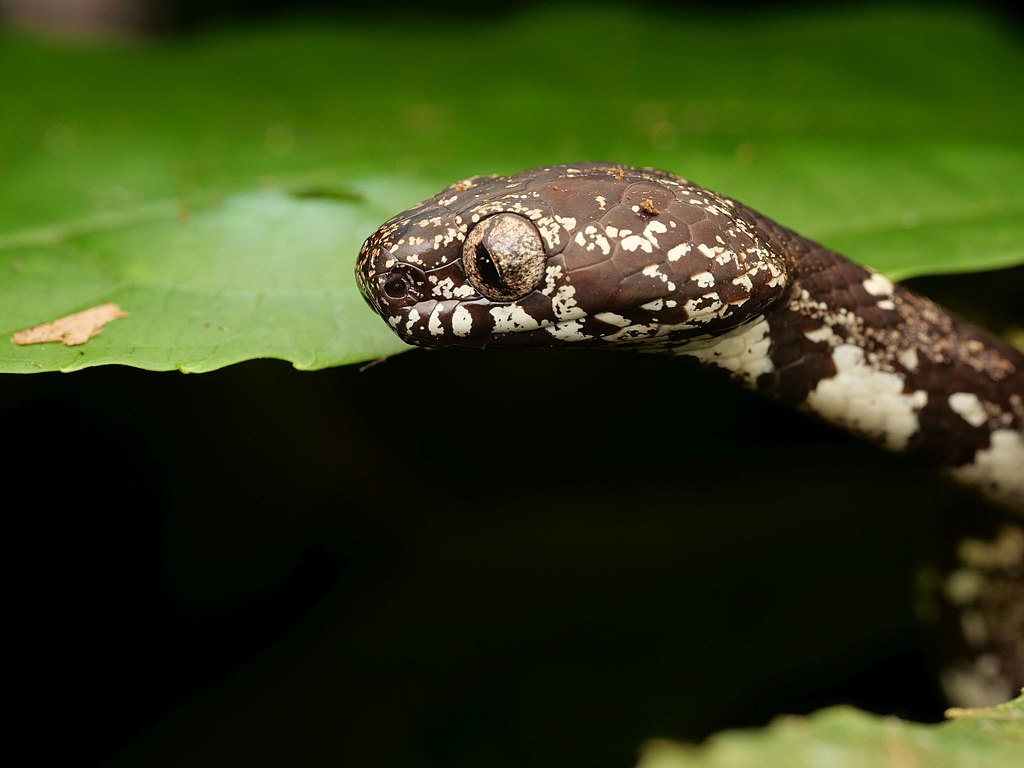
The strategy of foraging during dusk rainfall represents a brilliant evolutionary adaptation that provides several distinct advantages to the snake species that employ it. During these specific conditions, many potential prey animals become more active as they emerge to take advantage of cooler temperatures and increased moisture. The reduced light conditions combined with the sound-dampening effects of rainfall create a perfect sensory environment that helps the snake remain undetected as it stalks its prey. Additionally, competing predators that rely heavily on visual or auditory hunting cues often find their abilities compromised during rainfall, further benefiting the specialized dusk rain hunter. This temporal and weather-specific niche allows these snakes to access food resources with significantly less competition, resulting in an evolutionary advantage that has been refined over millennia.
Species That Display This Specialized Behavior
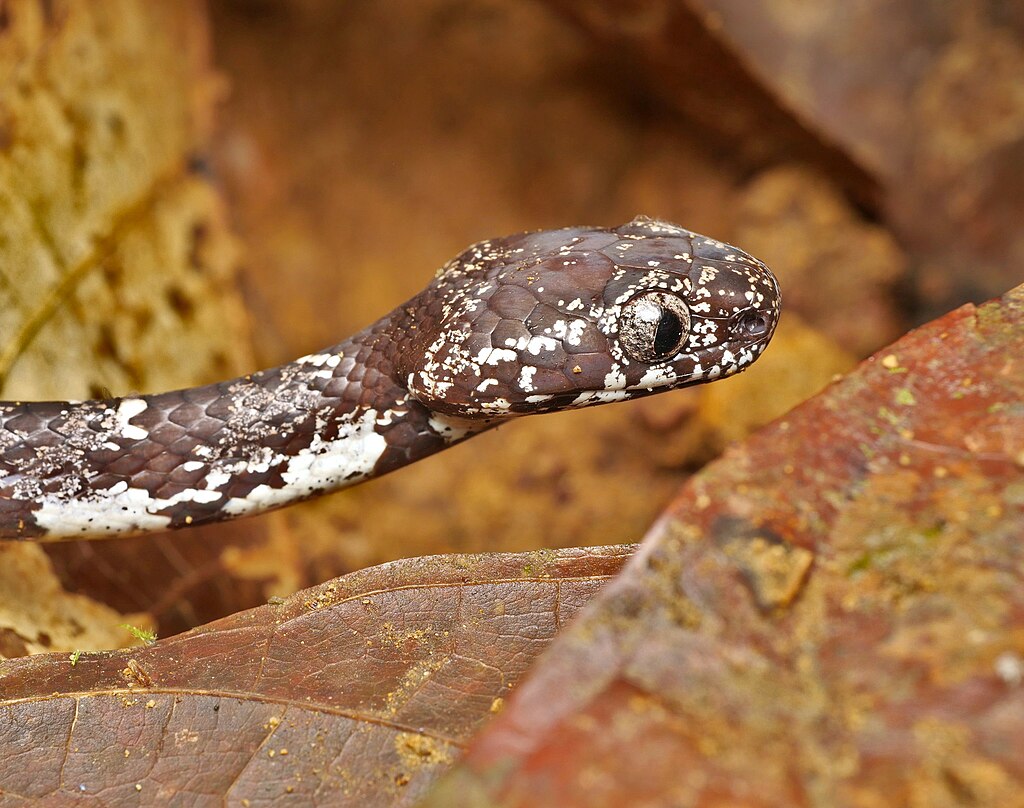
Several snake species across different families have independently evolved strategies for hunting during dusk rainfall, though the behavior is most pronounced in particular groups. The Sibon genus of snakes, sometimes called slug-eating snakes, are among the most well-documented practitioners of this behavior, with species like Sibon nebulatus (Clouded Snail-eater) being frequently observed hunting during evening precipitation in Central and South American rainforests. Members of the Dipsadidae family, particularly some Leptodeira species, have also developed strong associations with nocturnal rainfall patterns when seeking prey. In Asia, certain keelback snakes (Rhabdophis genus) display similar tendencies, having evolved to coordinate their hunting activities with monsoon season evening rains. The convergent evolution of this behavior across geographically separated species underscores its effectiveness as a survival strategy in diverse ecosystems.
Anatomical Adaptations Supporting Rain Foraging
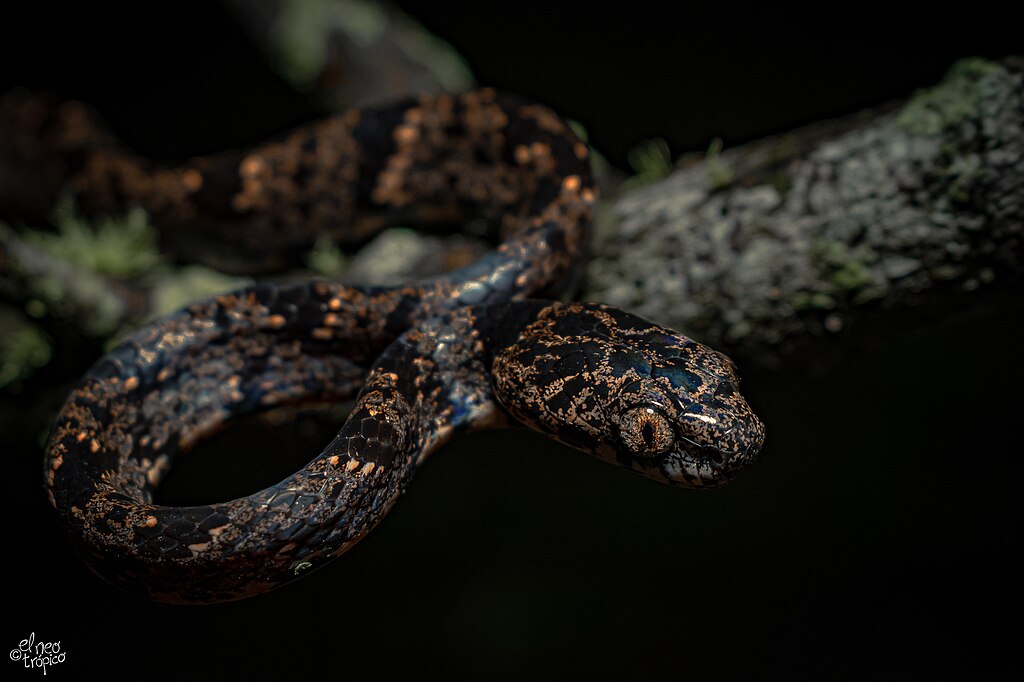
Snakes that specialize in dusk rainfall foraging possess remarkable anatomical adaptations that enhance their ability to hunt effectively in these conditions. Many exhibit specially modified scale structures that help channel water away from sensitive sensory organs while reducing noise as they move through wet vegetation. Their eyes often feature vertical pupils that provide superior vision in low-light conditions, allowing them to detect movement while navigating the dim environment of rainy twilight. Most species have highly developed vomeronasal organs (Jacobson’s organs) that can detect chemical signals from prey even when those scents are diluted by rainwater. Additionally, some species have evolved specialized skin that maintains optimal friction even when wet, ensuring they can climb and strike with precision despite slippery conditions, a crucial advantage when pursuing amphibians and other rain-active prey.
Preferred Prey During Rainfall Conditions
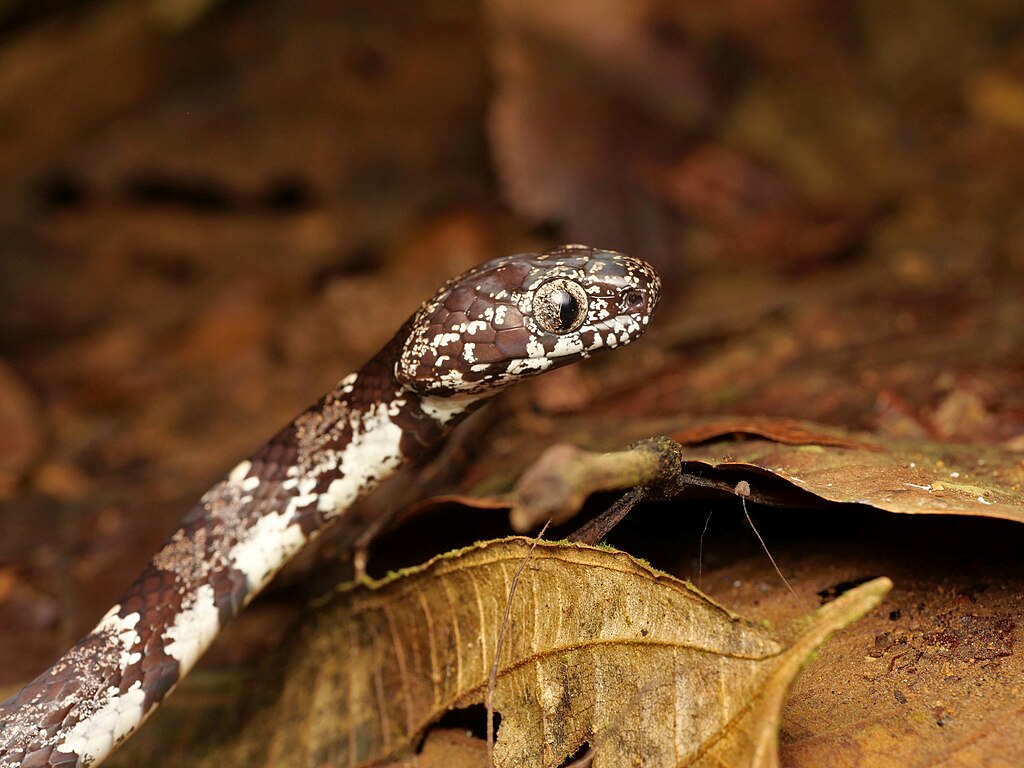
The dietary preferences of dusk rainfall foraging snakes are intricately linked to the creatures that become active during these specific weather conditions. Amphibians, particularly frogs and salamanders, constitute a significant portion of their diet, as these moisture-dependent creatures often emerge in abundance during rainfall events. Many slug and snail species also become more accessible during wet conditions, providing an important food source for specialized molluscivorous snakes. Certain arthropods, including various species of night-active insects and small crustaceans, also appear in greater numbers during evening rains and represent opportunistic meals for these specialized serpents. The synchronization between the snake’s hunting schedule and the activity patterns of these prey animals demonstrates a fascinating example of ecological timing that maximizes feeding efficiency while minimizing energy expenditure.
Sensory Adaptations for Hunting in Rain
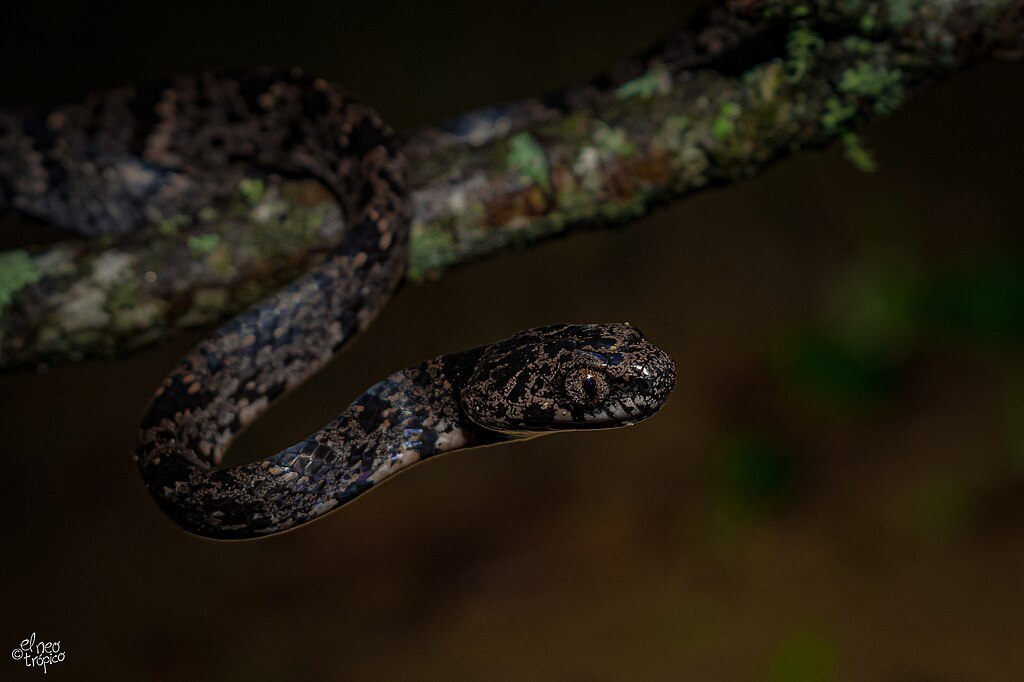
Dusk rainfall foraging snakes possess extraordinary sensory adaptations that allow them to excel in conditions that would hamper most predators. Their heat-sensing pit organs, when present, function effectively even in the cooling temperatures that accompany rainfall, detecting the slightest thermal differences between prey and the environment. The snake’s tactile sensory system has evolved to detect minute vibrations through raindrops, effectively “hearing” prey movements through the ground and surrounding vegetation despite the ambient noise of falling rain. Many species possess waterproof nasal structures that prevent water from interfering with their chemosensory abilities, allowing them to track chemical trails even during heavy precipitation. Their specialized sensory integration allows these snakes to create a comprehensive understanding of their surroundings by combining limited visual information with thermal, chemical, and tactile inputs, resulting in remarkable hunting efficiency in conditions that would render most predators effectively blind.
Behavioral Strategies in Rainy Conditions
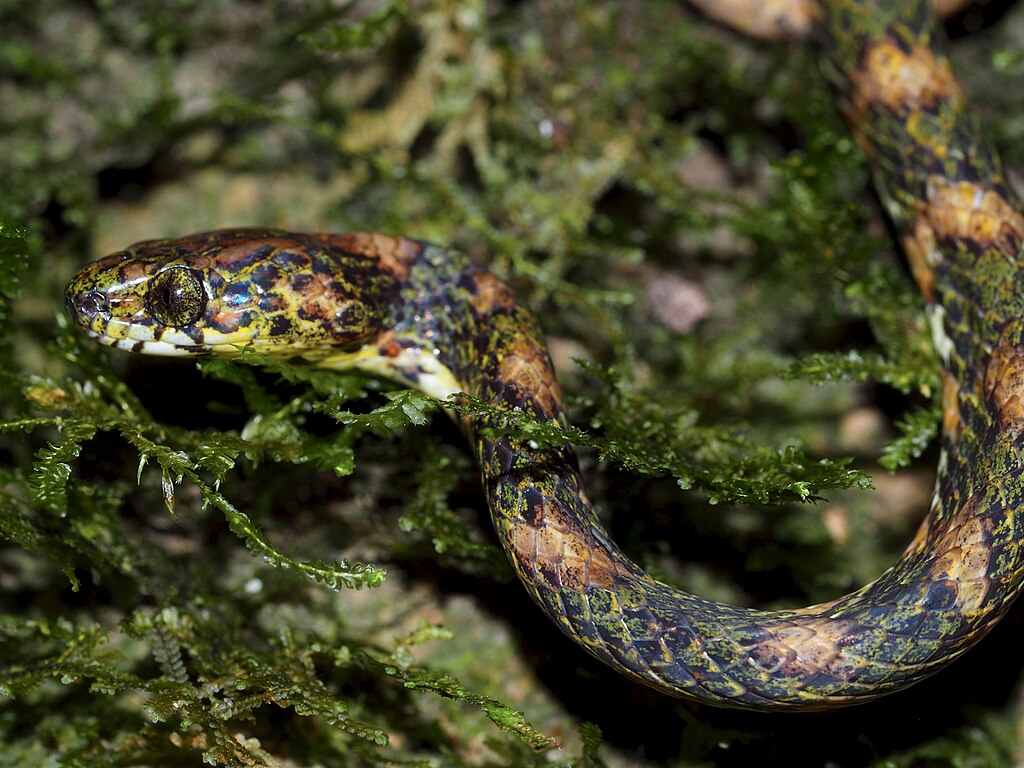
The behavioral repertoire of dusk rainfall foraging snakes includes sophisticated strategies specifically evolved for wet conditions. Rather than actively pursuing prey across long distances, many species adopt an ambush strategy, positioning themselves along known amphibian migration routes or near temporary puddles where prey will congregate. Their movement patterns typically involve careful, deliberate progression with frequent pauses to process sensory information, minimizing the chance of alerting potential prey in the sound-dampened environment. Many species display remarkable patience, remaining motionless for extended periods until optimal striking opportunities present themselves, conserving energy that would otherwise be wasted in lengthy pursuits. Interestingly, some species alter their typical defensive behaviors during rainfall hunting, becoming less likely to flee from potential threats and more focused on securing nutrition during these valuable foraging windows.
Geographic Distribution and Habitat Preferences
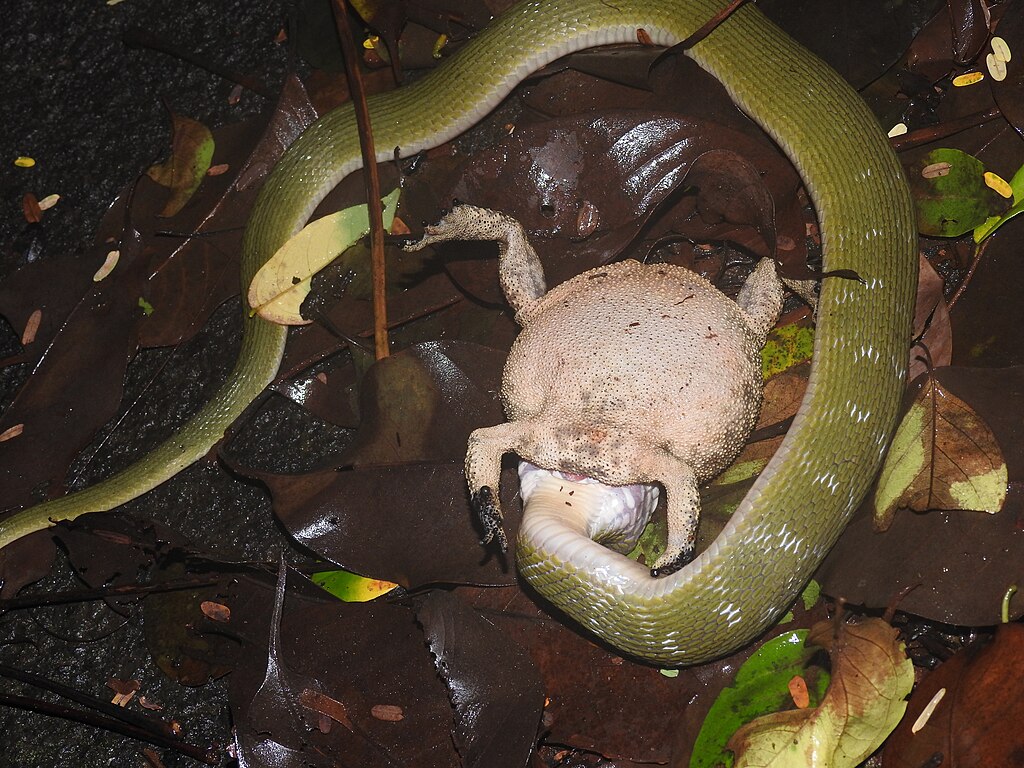
Dusk rainfall foraging behavior is most commonly observed in snake species inhabiting tropical and subtropical regions where predictable rainfall patterns create reliable hunting opportunities. Rainforest ecosystems, particularly those in Central and South America, Southeast Asia, and parts of Africa, support the highest diversity of species exhibiting this specialized behavior. Within these broader regions, these snakes typically prefer habitats with substantial vegetation cover that provides both protection from predators and abundant prey activity during rainfall events. Riparian zones, forest edges, and areas with seasonal wetlands are particularly favored habitats, as they experience dramatic increases in potential prey abundance following rainfall. The distribution of these specialized snakes correlates strongly with regions experiencing distinct wet seasons or regular evening thunderstorm activity, highlighting the fundamental relationship between their evolutionary adaptations and specific climate patterns.
The Impact of Climate Change on Rainfall Hunters
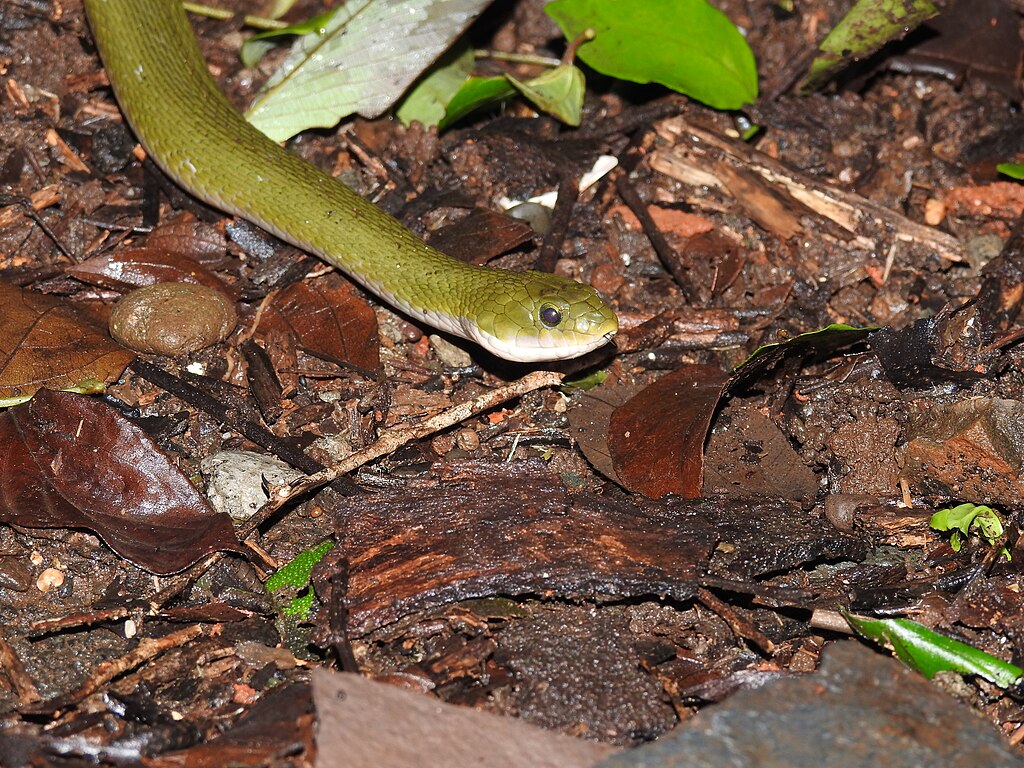
Climate change presents significant challenges for snakes specialized in dusk rainfall foraging, as it disrupts the predictable precipitation patterns upon which their hunting strategies depend. In many regions, rainfall is becoming increasingly erratic, with longer dry periods punctuated by more intense but less frequent storm events, potentially creating extended periods where specialized foraging opportunities are limited. Rising temperatures may also alter the activity patterns of prey species, potentially creating misalignment between predator hunting strategies and prey availability. Some research suggests that disrupted rainfall patterns could force these specialized hunters to modify their behaviors or face potential population declines if they cannot adapt quickly enough to changing conditions. Conservation efforts increasingly recognize these specialized foragers as potential climate change indicator species, as their population health directly reflects the stability of historical precipitation patterns in their native ecosystems.
Reproductive Timing and Rainfall Patterns
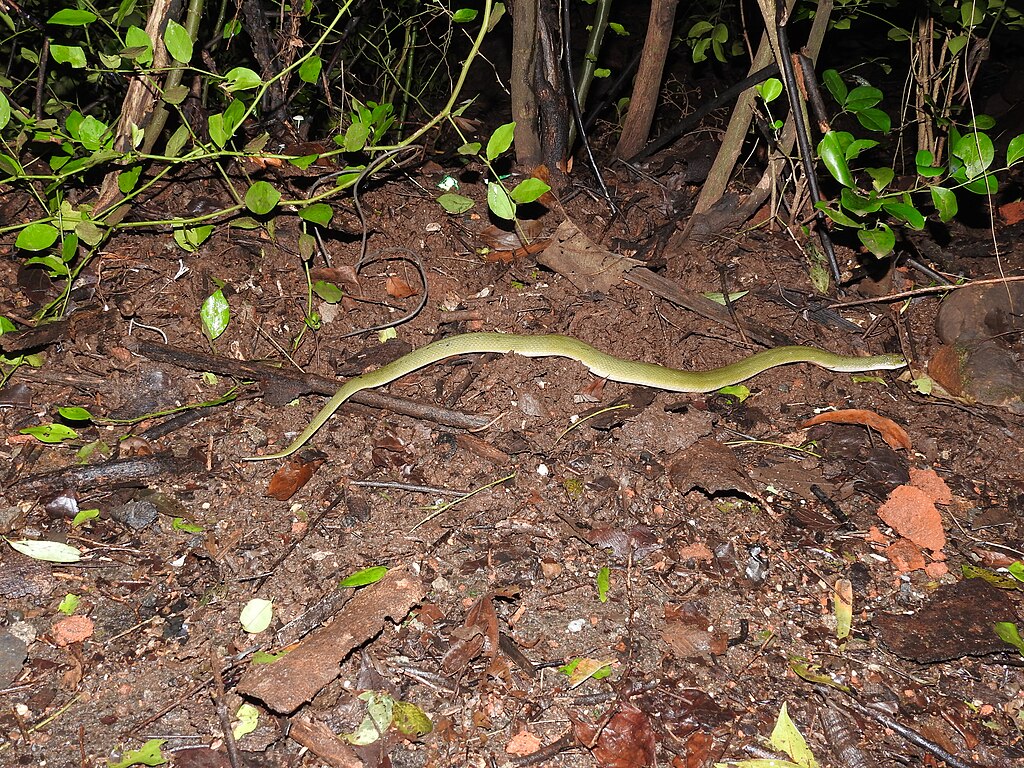
For many dusk rainfall foraging snakes, reproductive cycles are intricately synchronized with seasonal precipitation patterns to ensure optimal conditions for both parents and offspring. In numerous species, mating behaviors intensify at the onset of rainy seasons when increased prey availability ensures that gravid females can meet their elevated nutritional requirements. Egg-laying or live birth (depending on the species) is often timed to coincide with peak rainfall periods, ensuring young snakes emerge when prey abundance is at its highest. Research has demonstrated that females of several species can adjust their reproductive timing based on environmental cues related to rainfall patterns, delaying reproduction during drought conditions. This synchronization represents a fascinating example of how deeply rainfall patterns have influenced not just the hunting behaviors of these specialized snakes but their entire life history strategies, including critical reproductive decisions.
Predation Risks During Vulnerable Foraging

Despite their specialized adaptations, dusk rainfall foraging snakes face significant predation risks during their hunting activities. The very conditions that make hunting profitable—increased prey activity and reduced visibility—also expose these snakes to their own predators. Larger snakes, nocturnal mammals, and certain birds of prey that can hunt effectively in low light and wet conditions represent significant threats during these foraging periods. The focused attention these specialized hunters place on tracking prey potentially reduces their vigilance against their own predators, creating a vulnerability that balances the advantages of their specialized niche. Some species have developed behavioral adaptations to mitigate these risks, including retreating to cover more frequently between hunting attempts or limiting their foraging to specific microhabitats with better escape options. This balance between foraging opportunity and predation risk represents a classic ecological trade-off that has shaped the evolution of these specialized hunters.
Coevolution with Amphibian Prey
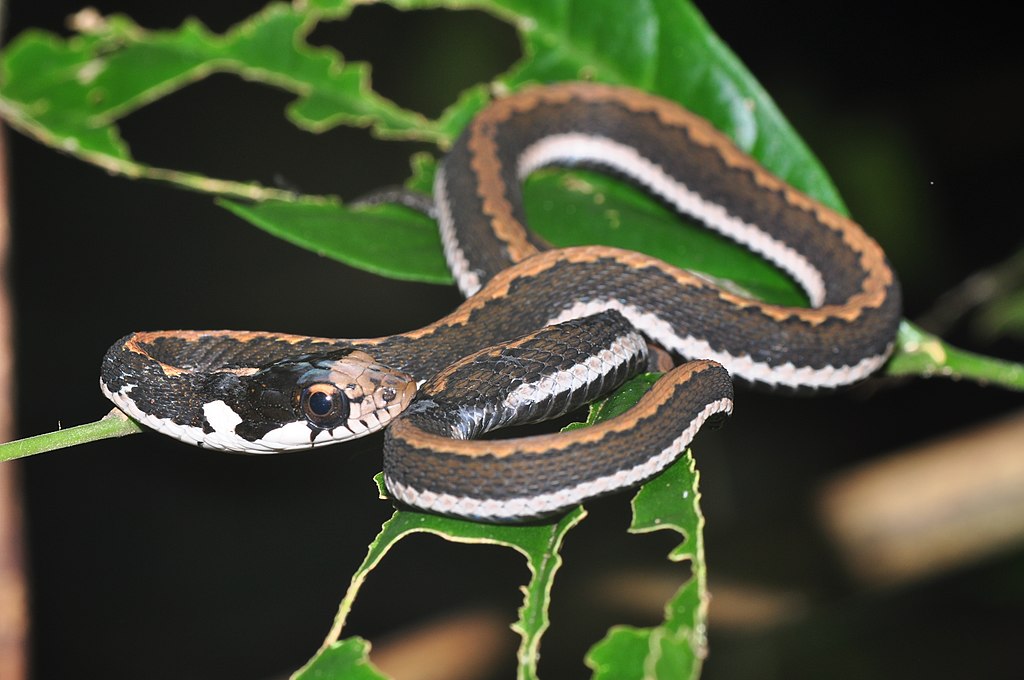
The relationship between dusk rainfall foraging snakes and their amphibian prey represents a fascinating example of predator-prey coevolution. Many frog species have developed behaviors to reduce predation during rainfall events, including modified calling patterns that make them more difficult to locate or utilizing complex habitat structures that provide refuge from hunting snakes. Some amphibians have evolved chemical defenses specifically effective against snake predators, producing skin secretions that range from distasteful to toxic when ingested. In response, certain snake species have developed physiological resistance to these toxins, allowing them to consume prey that would sicken or kill other predators. The geographic distribution of specialized toxin resistance in snakes often correlates with the range of chemically defended amphibians, providing compelling evidence of this evolutionary arms race. This ongoing coevolutionary dynamic continues to shape both predator and prey adaptations across multiple ecosystems where rainfall triggers this ecological interaction.
Conservation Challenges and Threatened Status
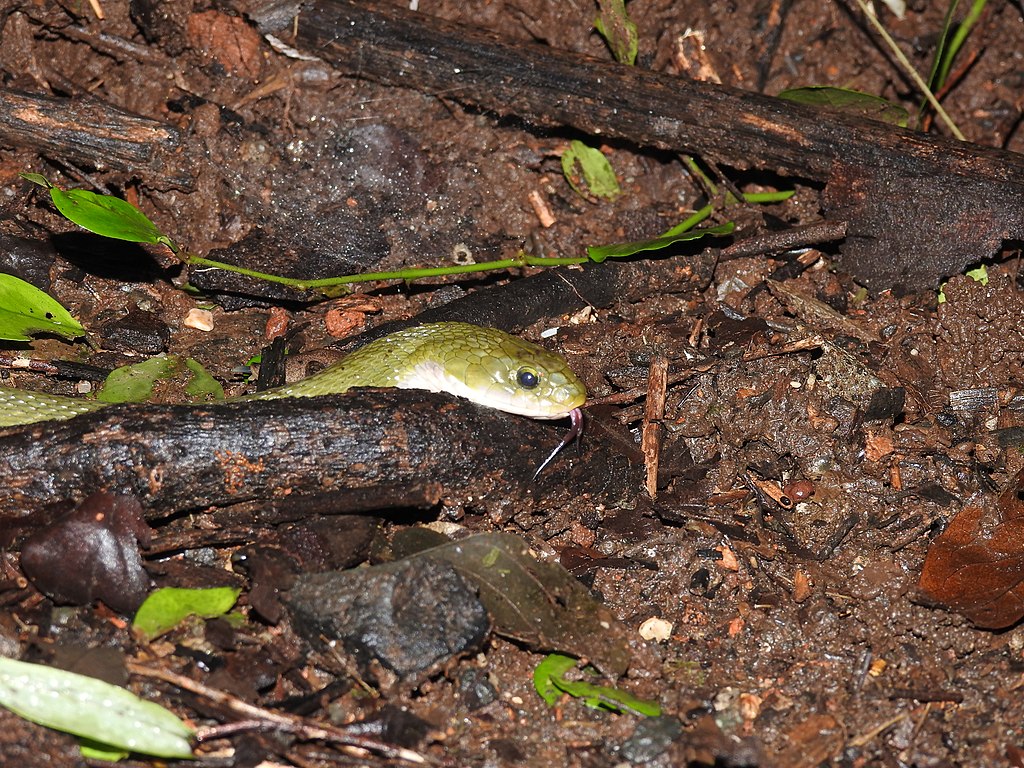
Many dusk rainfall foraging snake species face significant conservation challenges due to their specialized ecological requirements and habitat vulnerabilities. Deforestation and habitat fragmentation disrupt the complex microhabitats required for successful foraging during rainfall events, eliminating crucial hunting grounds. Water pollution, particularly from agricultural runoff and mining operations, can dramatically reduce amphibian prey populations or make them toxic to the snakes that consume them. Some specialized foragers have already been classified as threatened or endangered, with population declines directly linked to habitat degradation and climate disruption affecting rainfall patterns. Conservation efforts for these species increasingly focus on preserving intact forest ecosystems with natural hydrological cycles that maintain the specific conditions needed for their specialized foraging strategy. Their conservation represents not just the protection of interesting species but the preservation of complex ecological relationships shaped by millions of years of evolution.
Scientific Research and Future Discoveries
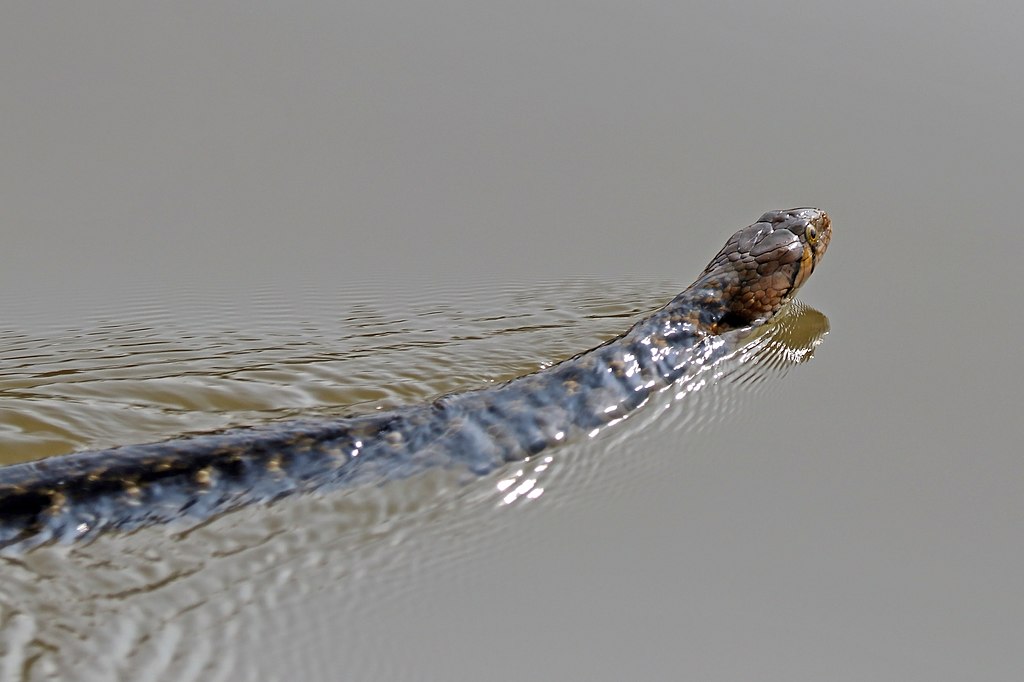
The field of research surrounding dusk rainfall foraging snakes continues to yield fascinating discoveries about these specialized hunters. New technologies, including miniaturized tracking devices and environmental DNA sampling, are providing unprecedented insights into their movements and hunting success rates during specific rainfall conditions. Comparative genomic studies are beginning to identify the genetic bases for their specialized sensory adaptations, potentially revealing evolutionary pathways that led to their unique abilities. Several research teams are conducting long-term monitoring projects to document how climate change affects hunting success and population dynamics across multiple species. The relatively recent recognition of rainfall timing as a critical ecological factor in snake foraging behavior suggests that many more species may be identified as specialized rain hunters as field observations expand beyond daylight hours and fair weather conditions, potentially revealing an even greater diversity of specialized strategies than currently documented.
Conclusion
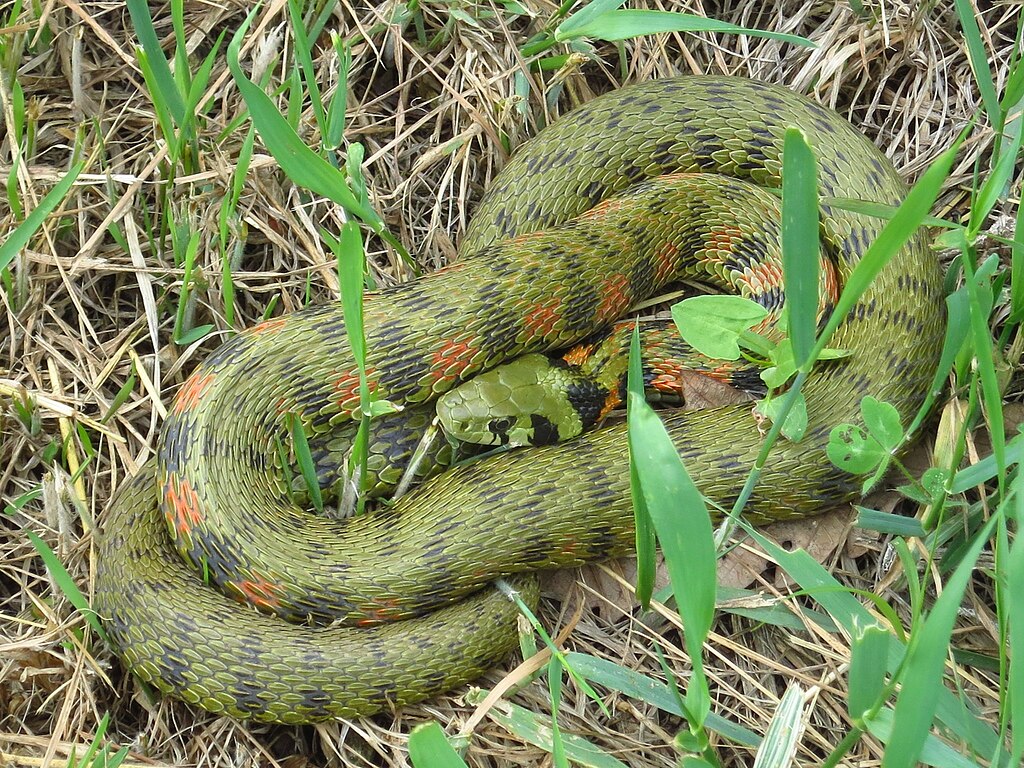
The snake that forages during dusk rainfall represents one of nature’s most specialized hunters, having evolved a suite of adaptations that transform what many would consider challenging conditions into a strategic advantage. From their sensory capabilities that function in dim, wet environments to their behavioral synchronization with prey activity patterns, these serpents demonstrate the remarkable precision with which natural selection can craft a predator. As climate patterns continue to change and habitats face ongoing pressures, the future of these specialized hunters remains uncertain. However, their study offers valuable insights into the intricate ecological relationships that develop around specific environmental conditions and timing. By understanding these specialized foragers better, we gain not just knowledge about fascinating creatures, but deeper appreciation for the complex and often hidden dynamics that shape life on our planet.

